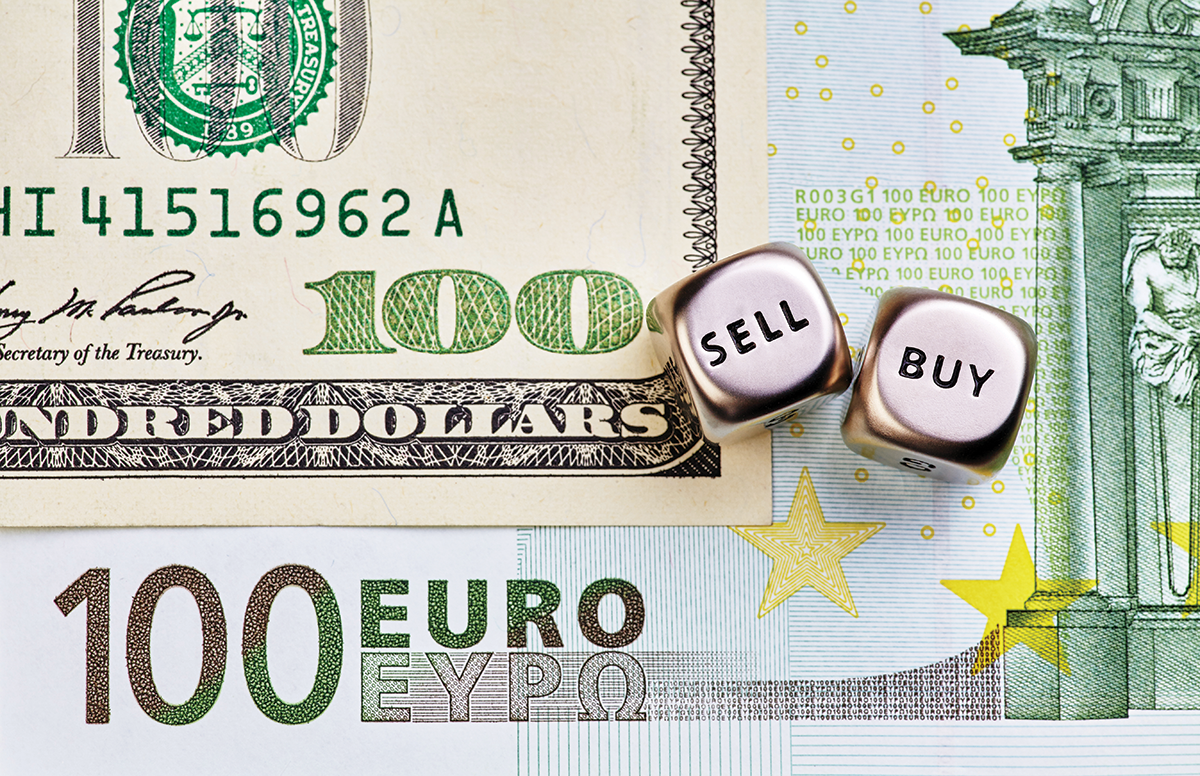US–EU Trade Deal Eases Tariffs, Avoids Retaliation, and Calms Markets

This past Sunday, the United States and European Union finalized a trade agreement that imposes a 15 percent tariff on most EU goods entering the U.S., replacing the higher 30 percent level that had previously been proposed. The EU did not enact retaliatory measures, removing a key source of uncertainty. That outcome has helped markets continue their gradual rise, even amid broader economic concerns.
The agreement, which takes effect August 1, includes a significant adjustment on auto tariffs. Vehicles from the EU will now face a 15 percent tariff, down from the prior rate of 27.5 percent. Given that EU auto exports to the U.S. totaled approximately 60 billion euros last year, this was a priority for European negotiators. Pharmaceuticals are also included under the new tariff structure, but most products are expected to remain exempt until at least 2027 due to ongoing U.S. investigations under Section 232. Steel and aluminum tariffs will remain at 50 percent, though both sides indicated interest in future reforms involving quotas.
Goldman Sachs estimates the effective tariff rate on EU exports will rise from about 10 percent to roughly 16 percent. This is lower than earlier assumptions and less disruptive than originally feared. As a result, projected economic damage to the eurozone has been revised down, and modest upward adjustments have been made to growth forecasts for late 2025 and early 2026. The European Central Bank is now more likely to hold interest rates steady.
For investors, the significance lies not in the precise tariff rate but in what did not happen. The deal avoided an escalation of hostilities and removed the threat of full-scale retaliation by the EU. That outcome has brought policy clarity and short-term stability. Markets, after all, are driven as much by avoided risk as by realized gains.
Still, underlying inflationary pressures remain. The U.S. federal deficit is projected to exceed 6 percent of GDP. The agreement includes European commitments to purchase 750 billion dollars in American energy and invest 600 billion dollars in U.S. assets over the next three years. If those inflows materialize on top of existing plans, they could contribute to overheating in an economy that is already near full capacity.
Inflation has remained relatively stable near 2.7 percent, but persistent spending, tariff costs, and import demand could push prices higher over time. Companies that have absorbed input costs may begin passing them on to consumers as margins compress.
Sources: Goldman Sachs
